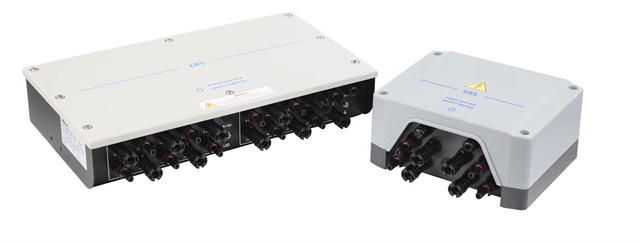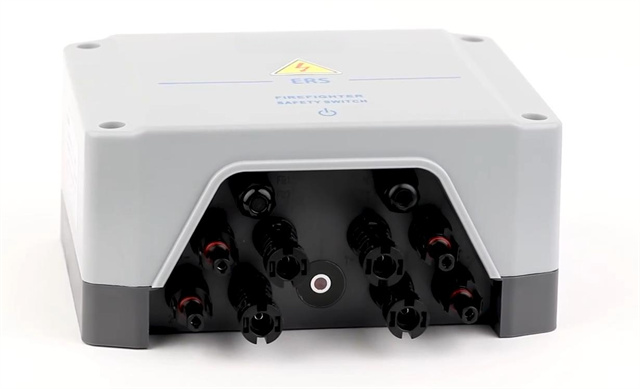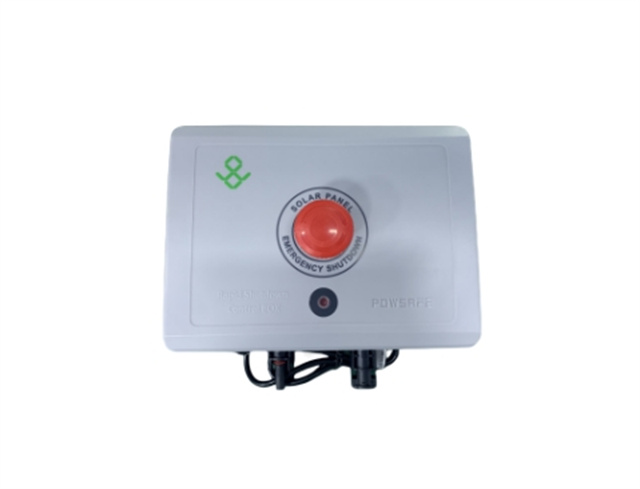Author:BLD Solar Energy SystemFROM:Solar System Converter Manufacturer TIME:2023-08-28
Introduction:
The rapid shutdown system is an essential component in the photovoltaic (PV) industry that improves safety during maintenance, repair, and emergency situations. This technology ensures that the solar panels quickly and efficiently shut down during hazardous conditions, such as fires or electrical faults. In this article, we will explore the technical features of the rapid shutdown system and its significance in the PV industry.

The rapid shutdown system serves a crucial role in the event of an emergency. When activated, it immediately halts the flow of electricity from the solar panels to ensure the safety of personnel and first responders. This is achieved by cutting off power at both the module level and the array level.
At the module level, each solar panel is equipped with a rapid shutdown device or a power optimizer that communicates with a central control unit. In case of an emergency, this communication enables the control unit to send signals to each panel individually, instructing them to cease power generation.
At the array level, the central control unit conveys a signal to the inverter, prompting it to disconnect from the grid. This prevents the flow of electricity from the solar array to the building's electrical system, protecting firefighters and other individuals from potential electric shocks.

The rapid shutdown system seamlessly integrates with various components of a solar installation, ensuring compatibility and effective functionality. It can be incorporated into new PV systems or retrofitted into existing ones.
In terms of module-level integration, the rapid shutdown devices or power optimizers are typically installed directly onto the back of each solar panel. These devices establish a communication link with the central control unit, allowing for remote monitoring and control of each module.
At the array level, the central control unit and its associated wiring are usually installed near the inverter. The control unit is responsible for receiving signals from the rapid shutdown devices or power optimizers and transmitting the shutdown command to the inverter.

The rapid shutdown system adheres to stringent safety standards to ensure its reliability and effectiveness. It complies with the National Electrical Code (NEC) 2017 section 690.12, which requires rapid shutdown functionality in PV systems.
Furthermore, industry organizations such as Underwriters Laboratories (UL) and Canadian Standards Association (CSA) have developed specific certifications and testing procedures for rapid shutdown equipment. These certifications ensure that the devices meet the necessary performance and safety criteria.
Additionally, the rapid shutdown system undergoes rigorous testing to assess its durability and effectiveness in various environmental conditions, including extreme temperatures, humidity, and exposure to UV radiation.
Conclusion:
The rapid shutdown system is a vital technical feature in the photovoltaic industry, prioritizing safety during emergencies and routine maintenance. Its functionality, seamless integration, and compliance with safety standards make it an indispensable component of every solar installation. By incorporating the rapid shutdown system, we can enhance the safety of personnel, protect property, and foster the continued growth of the solar energy sector.
